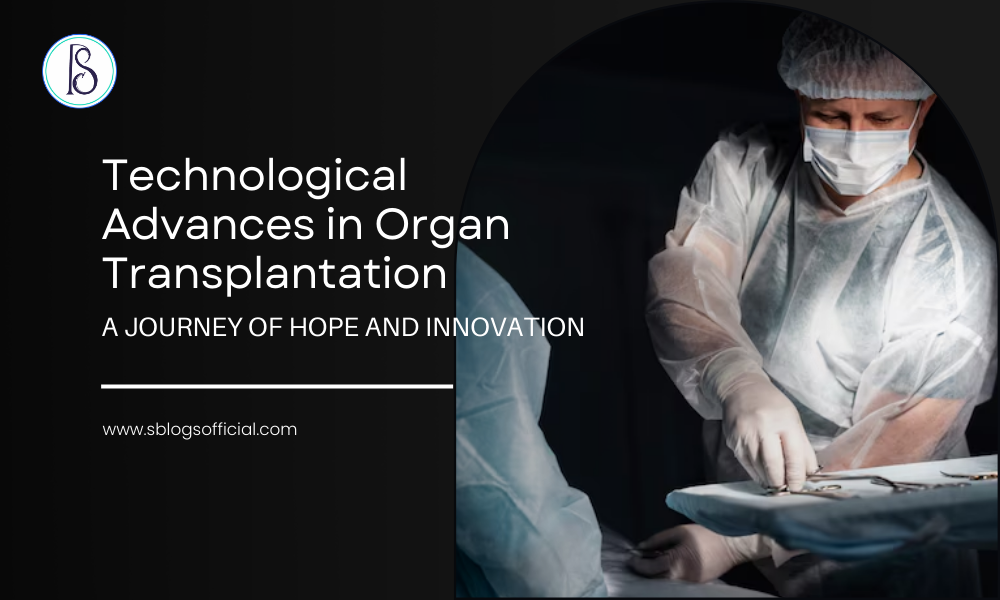
Imagine being given a second chance at life – that’s what organ transplantation means to thousands of people worldwide. The story of organ transplantation is a remarkable journey of human determination, scientific breakthrough, and compassionate care. From the first successful kidney transplant in 1954 to today’s robotically-assisted surgeries, we’ve come incredibly far in saving lives through organ transplantation.
As someone who’s had family members benefit from transplant surgery, I understand both the miracle and challenges of this medical advancement. Today, let’s explore the fascinating world of organ transplantation, from its humble beginnings to the cutting-edge technologies that are changing lives every day.
What Organs and Tissue Can and Can’t Be Transplanted?
The human body is an intricate marvel of nature, and modern medicine has made remarkable strides in understanding which parts can be successfully transplanted. When we talk about transplantation, we’re not just discussing major organs – we’re looking at a wide range of tissues that can give people new hope and improved quality of life. Let me walk you through what’s possible today, drawing from both scientific advancement and real-world success stories.
The list of transplantable organs has grown significantly over the years, thanks to improved surgical techniques and better preservation methods. Each successful transplant represents countless hours of research, dedication, and the generous spirit of organ donors. Here’s what we can transplant today:
Organs:
- Heart
- Lungs
- Liver
- Kidneys
- Pancreas
- Intestines
Moving to tissues, the possibilities are even more extensive. These transplants often have shorter recovery times and can be life-changing in their own right:
Tissues:
- Corneas
- Skin
- Bone marrow
- Heart valves
- Blood vessels
- Tendons
However, our medical capabilities do have their limits. Some parts of our body are simply too complex or too integrated with surrounding tissues to transplant successfully. Understanding these limitations helps drive research into alternative treatments and technologies:
- Brain
- Spinal cord
- Complex nerve networks
- Some glands
What is the History of Organ Transplants?
The history of organ transplantation reads like a medical thriller, filled with determination, breakthrough moments, and sometimes heartbreaking setbacks. Each successful transplant built upon previous attempts, and each failure taught valuable lessons that would eventually lead to success.
In the early days, surgeons faced seemingly insurmountable challenges. They had to develop new surgical techniques, understand the body’s immune response, and figure out how to preserve organs outside the body. The breakthrough came in 1954 with the first successful kidney transplant between identical twins, but this was just the beginning of our journey.
The decades that followed brought incredible advances:
1960s:
- First successful liver transplant
- Development of tissue typing
- Improvements in organ preservation
1970s:
- First successful heart transplant
- Introduction of cyclosporine for preventing rejection
- Advancement in surgical techniques
1980s and beyond:
- Introduction of laparoscopic surgery
- Development of better anti-rejection medications
- Improvement in organ preservation solutions
- Introduction of robotic-assisted surgery
How Has Organ Transplants Changed the World?
Organ transplantation has revolutionised medicine in ways we could never have imagined. It’s not just about extending life – it’s about giving people the chance to see their children grow up, to celebrate more anniversaries, to fulfill their dreams.
The impact goes beyond individual patients. Transplantation has:
- Pushed the boundaries of medical science
- Inspired new surgical techniques
- Promoted international medical cooperation
- Created new hope for previously untreatable conditions
How Many Organ Transplants are Performed Each Year in India?
India’s transplant journey is a story of remarkable progress. Despite challenges, the country performs an increasing number of transplants each year. Currently, India performs approximately 13,000 organ transplants annually, with kidney transplants being the most common.
Costs of transplants in India vary widely:
- Kidney transplant: £5,000-15,000
- Liver transplant: £20,000-35,000
- Heart transplant: £25,000-40,000
India ranks third in the world for living donor transplants but faces challenges with deceased donor programs.
How Many Organ Transplants are Performed Each Year in US?
The United States leads the world in organ transplantation, both in numbers and innovation. Each year, approximately 40,000 organ transplants are performed in the US. The most commonly transplanted organ is the kidney, followed by the liver.
The US has developed one of the world’s most efficient organ donation and allocation systems, though waiting lists remain long. Interestingly, Spain has the highest organ donation rate per capita globally.
Which Parts of the Body Can Be Saved for Transplant for More Than 5 Years?
Some tissues can be preserved for extended periods, unlike organs which have very short preservation times. Here’s what can be stored long-term:
- Corneas (up to 14 days)
- Heart valves (up to 10 years when properly preserved)
- Skin tissue (up to 5 years)
- Bone tissue (up to 5 years)
- Blood vessels (up to 5 years)
Key Statistics:
- Global organ transplants performed annually: ~150,000
- Average waiting time for a kidney in the UK: 2-3 years
- Success rate of kidney transplants: 95% after one year
- Number of people on waiting lists worldwide: ~1.5 million
References:
- World Health Organization Global Observatory on Donation and Transplantation (GODT) 2023
- Indian Journal of Transplantation 2023
- United Network for Organ Sharing (UNOS) Annual Report
- NHS Blood and Transplant Statistics 2023]
Remember, behind every statistic is a story of hope, courage, and the incredible power of human innovation. The future of organ transplantation looks even brighter with emerging technologies like 3D-printed organs and xenotransplantation on the horizon.
Would you like to learn more about becoming an organ donor? Your decision today could give someone a second chance at life tomorrow.
